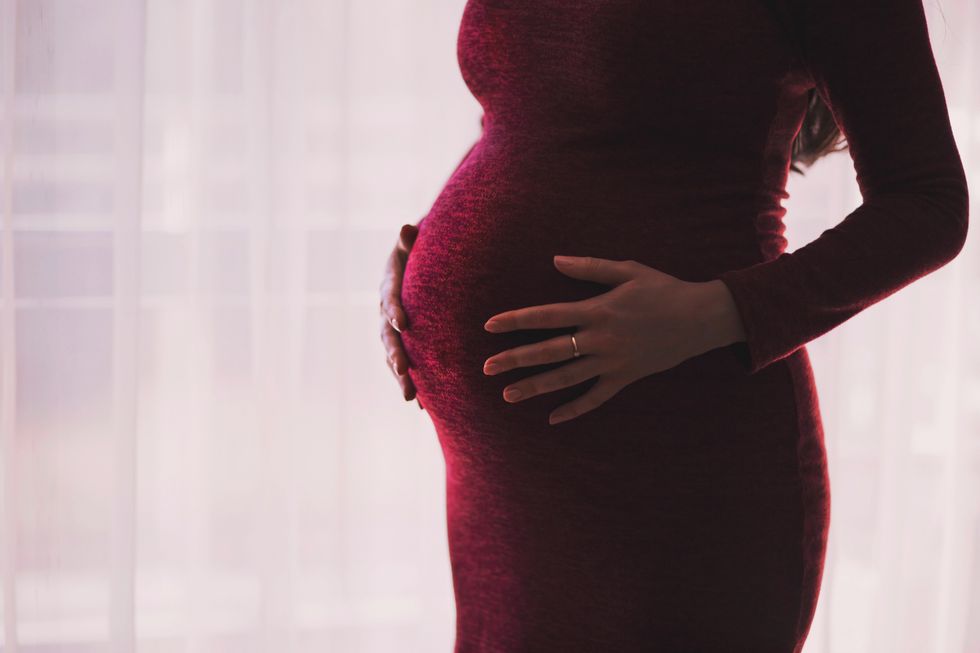Last year, investigative journalism firm Propublica unleashed the tragic story of Lauren Bloomstein, a neonatal nurse who, in a cruel irony, died approximately 20 hours after giving birth herself to a baby girl. However what makes this death truly outrageous is how the staff, including her OB-GYN John Vaclavik (who was not disciplined by the hospital following the death), at the Monmouth Medical center in Long Branch, New Jersey (where this incident took place) did not properly assess her medical status after birth. Bloomstein had a high 147/99 blood pressure reading when she entered the hospital, and although this reading was described as "elevated" it was not enough to "suspect" preeclampsia (a pregnancy complication that causes extremely high blood pressure which can be life-threatening) according to Dr. Vaclavik. Lauren Bloomstein died from HELLP syndrome, a severe from of preeclampsia. Her death after giving birth is not an isolated case.
According to Barbara Levy, vice president of health policy for the American Association of Obstetricians and Gynecologists, the American medical system worries "a lot about vulnerable little babies" (the US infant mortality rate is at an all-time low) but is does not worry enough about factors that can be "catastrophic" for the mothers themselves. The US has the worst maternal mortality rate in the developed world with approximately 26.4 deaths per 100,000 live births, the next highest mortality rate in the developed world belongs to the United Kingdom, which had just 9.2 deaths per 100,000 births. New mothers die from a variety of conditions, including hemorrhaging (the most common), coronary problems, and infection. Preeclampsia , the very affliction that robbed Laura Bloomstein of her life, killed only two people in the UK between 2012 and 2014; it kills 50-70 women annually in the US. What can the our government do to begin to reverse that disturbing statistic? It can start by increasing its expenditures on medical care for new moms. Recent data suggests that state governments only devote 6% of block grant funds to mothers under the Title V program for maternal and child health, as opposed to approximately 78% for infants. An increase in funds may help medical schools better educate their students on how to identify risk factors for potentially life-threatening pregnancy complications. Also, the Affordable Care act has Medicaid covering eligible infants for a full year, but only 60 days for their mothers. Increasing medical coverage for mothers may help them get high-quality (and less error-prone) care for post-birth conditions that may occur later on their first months of parenthood. "The death of a new mother is not like any other sudden death. It blasts a hole in the universe."A woman in the process of creating life should not have to worry about losing hers. As a society, we can do more to prevent the obscenely high maternal mortality death rate in the US.

















